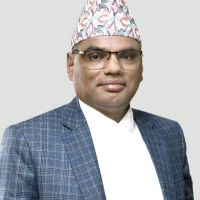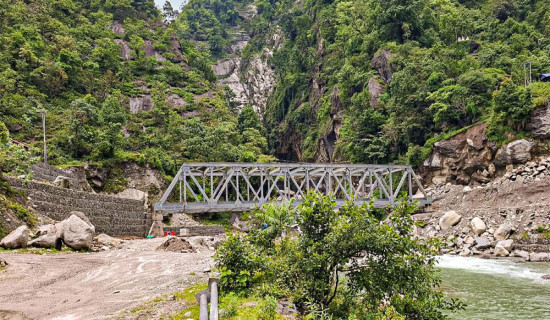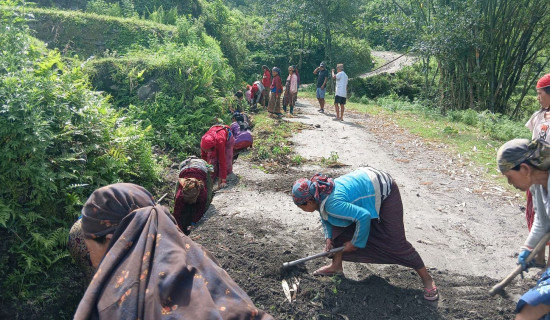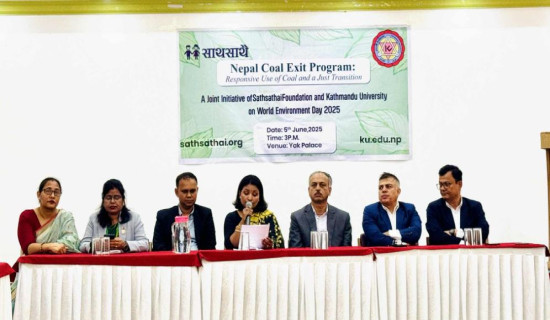- Saturday, 7 June 2025
Remedy Health Insurance
Health is wealth, goes a popular saying. This is a reason why health comes into the priority for an individual, family and the state. A country's prosperity and prestige are gauged by the health status of its citizens – life expectancy, infant and maternal mortality rates, health facilities and investment from the government and private sector. Health is a public good and there is no compromise on it. Failure to disburse the desired amount of budget in the health sector has negative consequences for the people. A nation can achieve high economic growth only when its citizens are healthy and fit for any sort of work. Low investment in health not only hits the poor, the elderly and vulnerable segments of society but also those who are well-prepared to cope with the impending health problems.
A country where the social security system is strong, people receive good health services and the chances of losing lives due to the lack of timely treatment and medication are less. A robust social security arrangement is the key to delivering quality health services to the people. Health insurance is an important component of social security, which insures individuals from unintended medical expenses. Health insurance serves as a safety valve against the financial burden and enables one to have a sound economic stability and achieve life goals. Those who have been included in the health insurance scheme also receive facilities such as routine check-ups, counselling, medical tests, screenings, advanced therapy and vaccinations. It assists the insured to have better access to health services, which leads to better health outcomes and enhanced productivity.
Almost every country, irrespective of its economic condition, has introduced the provision of health insurance for its citizens. The governments pay a large chunk of the insurance premium so that the people do not bear the financial burden. In line with providing improved health services to the people, the Nepal government has also introduced a health insurance programme a decade ago. A family of up to five members has to pay Rs. 3,500 annually and is eligible for the medical treatment worth up to Rs. 100,000 at the designated hospitals. Senior citizens above 70 need not pay any premium. Around 485 hospitals involved in the scheme offer treatments to the patients for free and present their claims to the Health Insurance Board (HIB). The scheme has been expanded to all 77 districts, but only 8.99 million people have participated in it, while only 5.753 million have renewed their insurance.
However, the Board is facing a plethora of problems – shortage of financial and human resources and inability to review the increasing number of claims by the service providers. It is struggling to clear the dues piled up from the last fiscal year. The unpaid claims have reached Rs 17.5 billion and the total amount remaining for payment is expected to be Rs. 24 billion by the end of this fiscal year, according to a news report of this daily. With just 25 medical experts, the Board has to deal with around 40,000 claims. But it can examine a maximum of 7,000 cases a day. It has not reviewed about 9 million by the end of February. It has received only a third of the Rs. 26.59 million budget approved for this fiscal year. Despite challenges, the government should release money for the Board. At the same time, it should recruit an efficient workforce and embrace modern technology to handle the daily work so that the patients involved in the scheme will get hassle-free services at the participating health facilities.

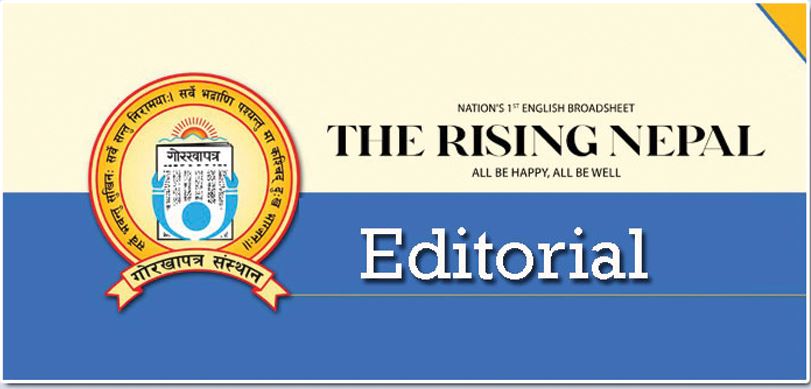
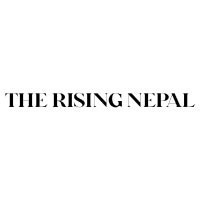




-square-thumb.jpg)
